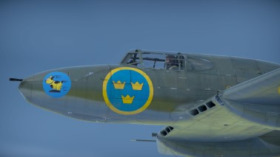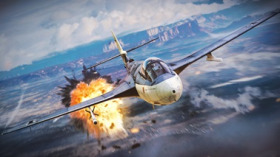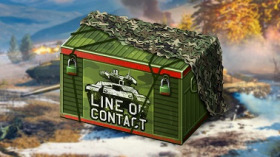
- For PC
- For MAC
- For Linux
- OS: Windows 10 (64 bit)
- Processor: Dual-Core 2.2 GHz
- Memory: 4GB
- Video Card: DirectX 11 level video card: AMD Radeon 77XX / NVIDIA GeForce GTX 660. The minimum supported resolution for the game is 720p.
- Network: Broadband Internet connection
- Hard Drive: 23.1 GB (Minimal client)
- OS: Windows 10/11 (64 bit)
- Processor: Intel Core i5 or Ryzen 5 3600 and better
- Memory: 16 GB and more
- Video Card: DirectX 11 level video card or higher and drivers: Nvidia GeForce 1060 and higher, Radeon RX 570 and higher
- Network: Broadband Internet connection
- Hard Drive: 75.9 GB (Full client)
- OS: Mac OS Big Sur 11.0 or newer
- Processor: Core i5, minimum 2.2GHz (Intel Xeon is not supported)
- Memory: 6 GB
- Video Card: Intel Iris Pro 5200 (Mac), or analog from AMD/Nvidia for Mac. Minimum supported resolution for the game is 720p with Metal support.
- Network: Broadband Internet connection
- Hard Drive: 22.1 GB (Minimal client)
- OS: Mac OS Big Sur 11.0 or newer
- Processor: Core i7 (Intel Xeon is not supported)
- Memory: 8 GB
- Video Card: Radeon Vega II or higher with Metal support.
- Network: Broadband Internet connection
- Hard Drive: 62.2 GB (Full client)
- OS: Most modern 64bit Linux distributions
- Processor: Dual-Core 2.4 GHz
- Memory: 4 GB
- Video Card: NVIDIA 660 with latest proprietary drivers (not older than 6 months) / similar AMD with latest proprietary drivers (not older than 6 months; the minimum supported resolution for the game is 720p) with Vulkan support.
- Network: Broadband Internet connection
- Hard Drive: 22.1 GB (Minimal client)
- OS: Ubuntu 20.04 64bit
- Processor: Intel Core i7
- Memory: 16 GB
- Video Card: NVIDIA 1060 with latest proprietary drivers (not older than 6 months) / similar AMD (Radeon RX 570) with latest proprietary drivers (not older than 6 months) with Vulkan support.
- Network: Broadband Internet connection
- Hard Drive: 62.2 GB (Full client)
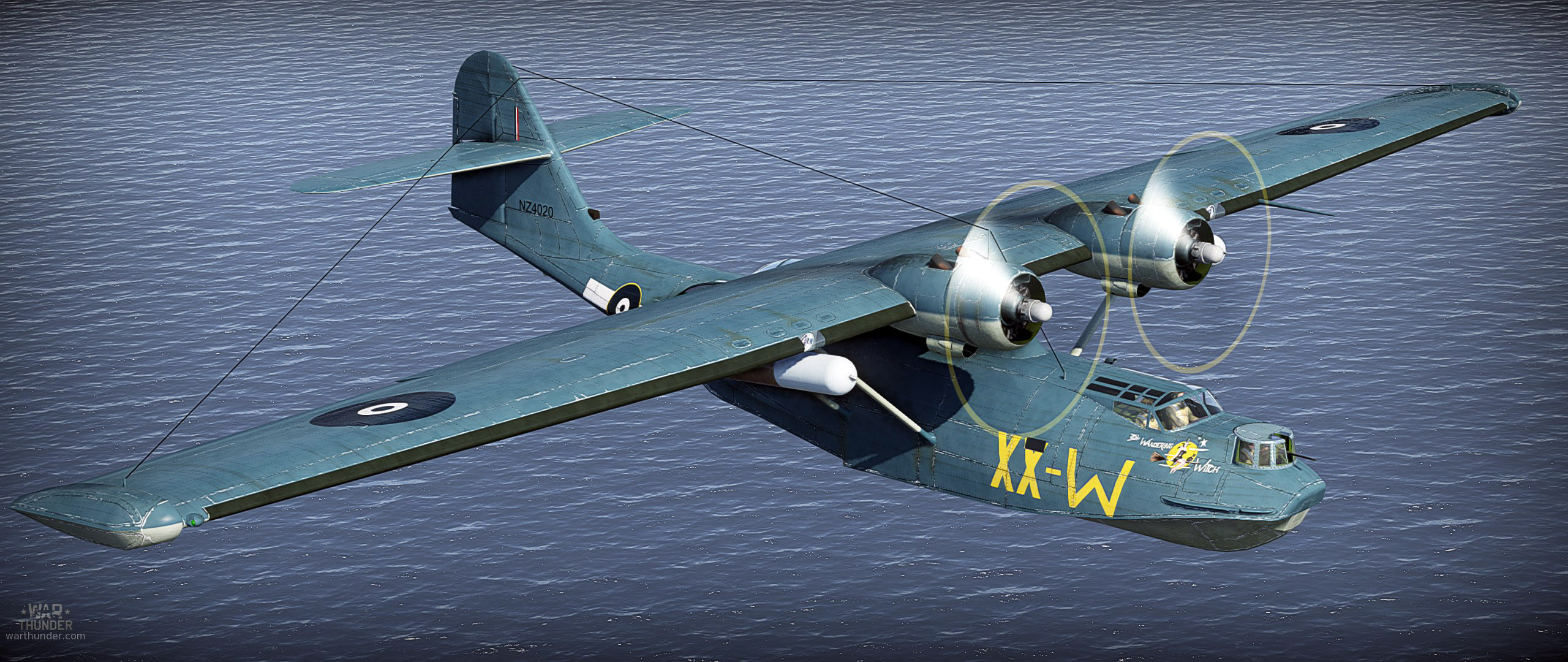
RNZAF PBY-5 Catalina NZ 4020 XX-W “The Wandering Witch” of 6 Squadron circa 1944.
camouflage created by Aotea | Download here
The history of aviation in New Zealand can be dated as far back as 1913. It was then that New Zealand received two Bleriot XI monoplanes supplied by Great Britain. During the First World War, New Zealand did not officially have an air force. New Zealand pilots found themselves flying for both the Royal Flying Corps and the Royal Naval Air Service. Nearly 400 pilots fought against the Central Powers – 70 of them were killed in action. The most successful of them all was Keith Caldwell, credited with up to 25 aerial victories. Even though the First World War was fought a long way from New Zealand its geographical position meant that pilots could be trained without the risk of getting attacked by the enemy. The main breakthrough came in 1916 when Sir Henry Wigram, an owner of an aircraft company in Christchurch, donated an aerodrome to the government. This way, the cornerstone for the creation of the RNZAF was laid down.
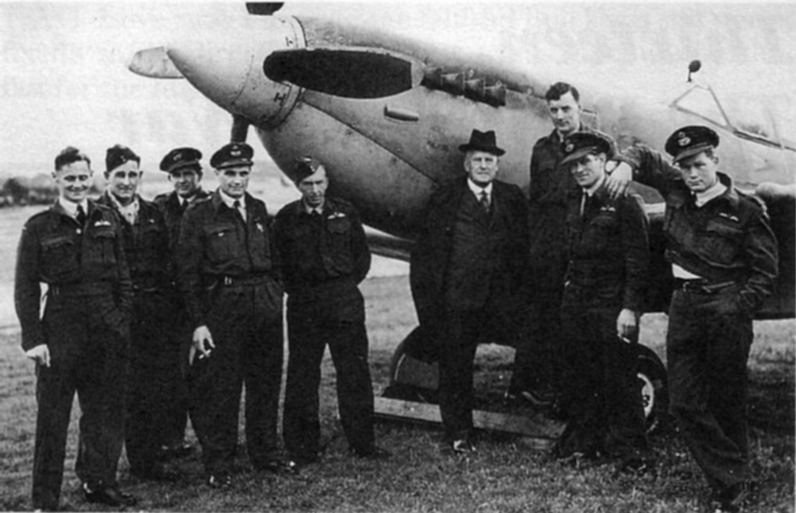 |
| Aircrew serving with the RAF in No. 485 Squadron RNZAF in front of Supermarine Spitfire MkIX |
In 1923 the government of New Zealand created the New Zealand Permanent Air Force (NZPAF) which, along with the volunteer New Zealand Air Force, became the official aviation wing of the Army. At first it was mainly equipped with World War I vintage aircraft, such as the Bristol F.2 and the Avro 504K. Due to the lack of funding and the Great Depression the procurement of new aircraft in the early 1930s was difficult. Only in 1935 did the force seriously start to modernise itself to become fit for combat. In 1937 the RNZAF was officially detached from the Army, becoming a separate entity equal in status to both the Navy and the Army.
In September 1939 World War II broke out. The RNZAF was still in the process of modernization and was underprepared for conflict. It was then, however, that the Empire Air Training Scheme was launched. This training program for pilots, gunners and navigators quickly enabled the RNZAF to increase its manning. Meanwhile in the UK No.75 Squadron, operating Vickers Wellington bombers and composed of New Zealanders, was preparing for duty. Many New Zealanders found themselves serving in the RAF, both as aircrew and in executive roles. Two of the most renowned RAF officers of the war – Air Chief Marshal Sir Keith Park and Air Marshal Sir Arthur Coningham – originated from New Zealand. Pilots from New Zealand took part in RAF operations in Europe and Africa – at least 70 pilots became aces, while three (Sergeant James Allen Ward, Wing Commander Leonard Trent and Flying Officer Lloyd Trigg) were awarded with the Victoria's Cross – the highest Commonwealth military commendation. As the Fleet Air Arm had a recruiting station in New Zealand and the RAF did not, many New Zealanders chose to fly with the navy - by 1945 a full 25% of Royal Navy aircrew were from New Zealand.
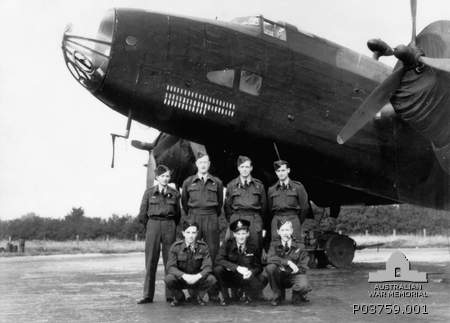 |
| Group portrait of an Air Crew of 578 Squadron, RAF, in front of a Halifax bomber aircraft. |
Of course, not all New Zealand pilots were stationed in Europe and Africa. The threat of Japanese expansionism revealed itself in December 1941, with the grand offensive against US, Dutch and British colonies in the Pacific. At first, New Zealanders were forced to arm many of their trainer aircraft such as the North American Harvard to at least have a shred of hope against the Japanese – however, in 1942 a lend-lease agreement was signed between New Zealand and the USA which resulted in the delivery of P-40 Kittyhawk fighters. With the return of experienced pilots from the Malays, the RNZAF quickly began combat operations in the Pacific Theater. The New Zealand pilots and aircrew took part in the fights over Guadalcanal, Rabaul and the Bismarck Sea in 1943. Throughout the conflict the Kittyhawks were replaced with more modern F4U and P-51 fighters. Strike sorties were carried out with the reliable Grumman Avenger.
After the war's end the RNZAF faced demobilization and scrapping of many of its aircraft because of budget cutbacks. The post-war period also pushed New Zealand into the jet age with the acquisition of de Havilland Vampire and de Havilland Venom fighters, as well as English Electric Canberra Bombers. In the 1970s the ageing designs were replaced with A-4 Skyhawk fighters and BAC Strikemaster attacker/trainer aircraft. After the end of the Cold War funding for the RNZAF diminished further, which caused a closure of many airbases. The final blow to the combat capability of the RNZAF was struck in 2001 when the Labour government cancelled the plan to procure 28 F-16 multirole aircraft, while at the same time retiring all remaining A-4 Skyhawks and Aermacchi MB-339 light attackers. Because of this, the RNZAF's inventory today consists mainly of AugustaWestland A109 and NH Industries NH90 helicopters, as well as Lockheed P-3 Orion patrol aircraft and Lockheed C-130 transport aircraft.
Author: Adam “BONKERS” Lisiewicz
With an upcoming update, we will add the following decals to War Thunder,
"Tiki Symbol", No. 135 Squadron RAF, flown by Pilot Officer WH “Hugh” Dean of the RNZAF,
"Flying Kiwi", No. 30 Squadron of the RNZAF,
Roundel of the New Zealand Air Force 1943-1945:
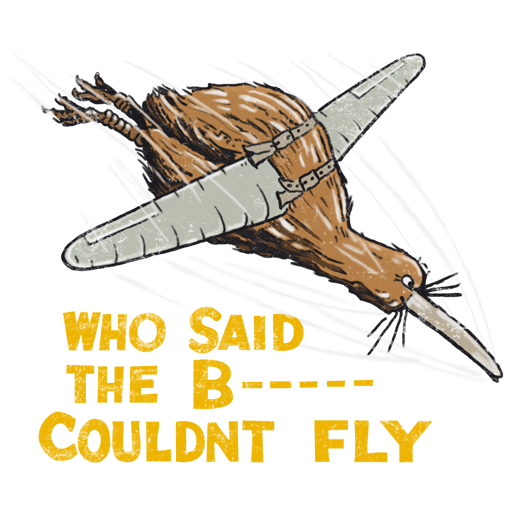 |
 |
 |
